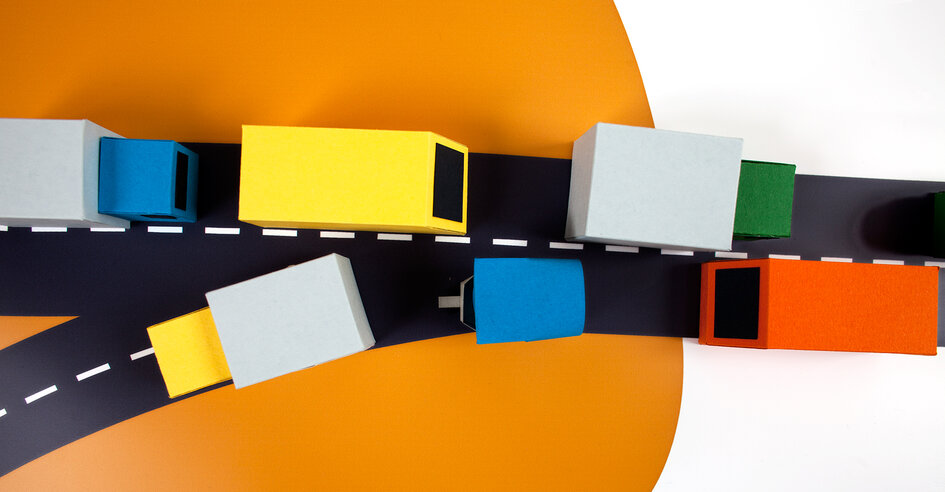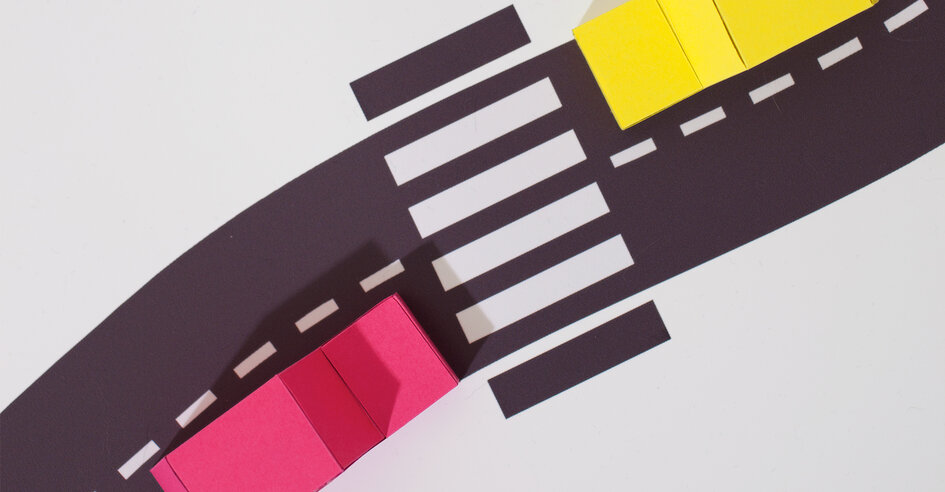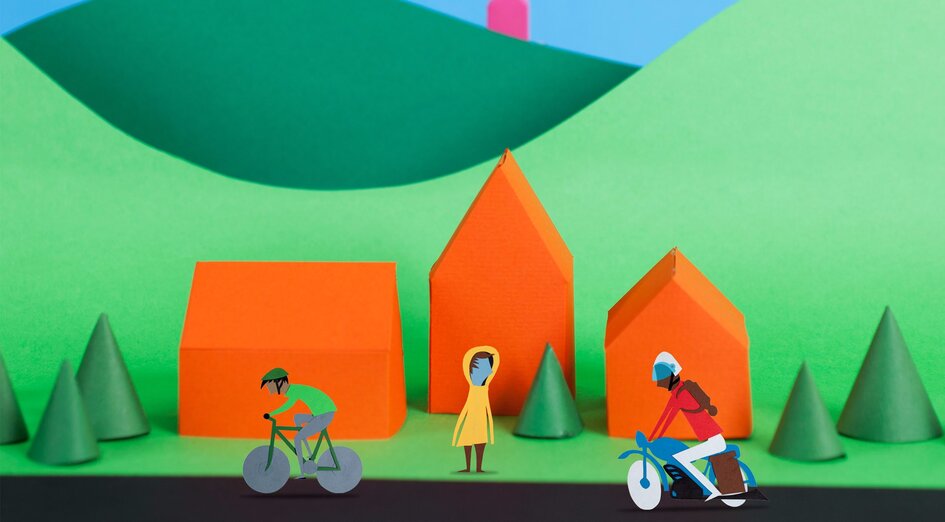
PSA from Samsung India raises awareness of the selfie craze
After selling smartphones with the proposition of taking desirable selfies, Samsung is now creating awareness about the risks of taking selfies without enough safety precautions. The #SafeIndia campaign is part of Samsung’s CSR initiative to create road safety awareness.
The new campaign film, #SafeIndia, seeks to make people aware about the dangers of taking a selfie while driving. This is the first of several initiatives that Samsung India will launch to educate people as part of the ‘Safe India’ campaign. The online and offline campaign has so far garnered over 19 million views on YouTube.
In the video, NitinGadkari, Union Minister of Road Transport & Highways and Shipping, notes that:
India has the highest number of road accidents globally and accounts for more than 50% of total selfie deaths in the world.
This trend seems to have the government worried and at the same time has led mobile phone makers like Samsung step in and be the voice of reason. “As a market leader, we consider it our duty to step forward and support the government’s vision of reducing road accidents caused by irresponsible usage of mobile phones, including taking selfies on the road. This is one of the key reasons why Samsung offers safe mobility apps on its smartphones which encourage people to use them responsibly, while on the road,” said Ranjivjit Singh, Chief Marketing Officer, Samsung India.
Leading automobile marketplace, Droom, has also joined the government’s road safety campaign and initiated a creative campaign against speeding on roads. As part of the campaign, Droom fitted cars with God bobble heads that warn drivers to slow down if they cross city speed limits.
Talking about the campaign, Sandeep Aggarwal, Founder and CEO, Droom, said, “Thedeath toll last year due to speeding cars was over 57,000 people. We wanted to do something about it. We wanted to ask people to ‘slow down’ in a voice they cannot afford to ignore.”
Droom took advantage of the trend of car buyers fitting idols of gods on dashboards. “We equipped these deities with accelerometers, thereby lending them a pre-recorded voice. Whenever the person behind the wheels speeds beyond the limit, the ‘Talking God’ warns them,” Aggarwal explained.
Behind the wheel, selfies become an increasingly dangerous form of distracted driving.













